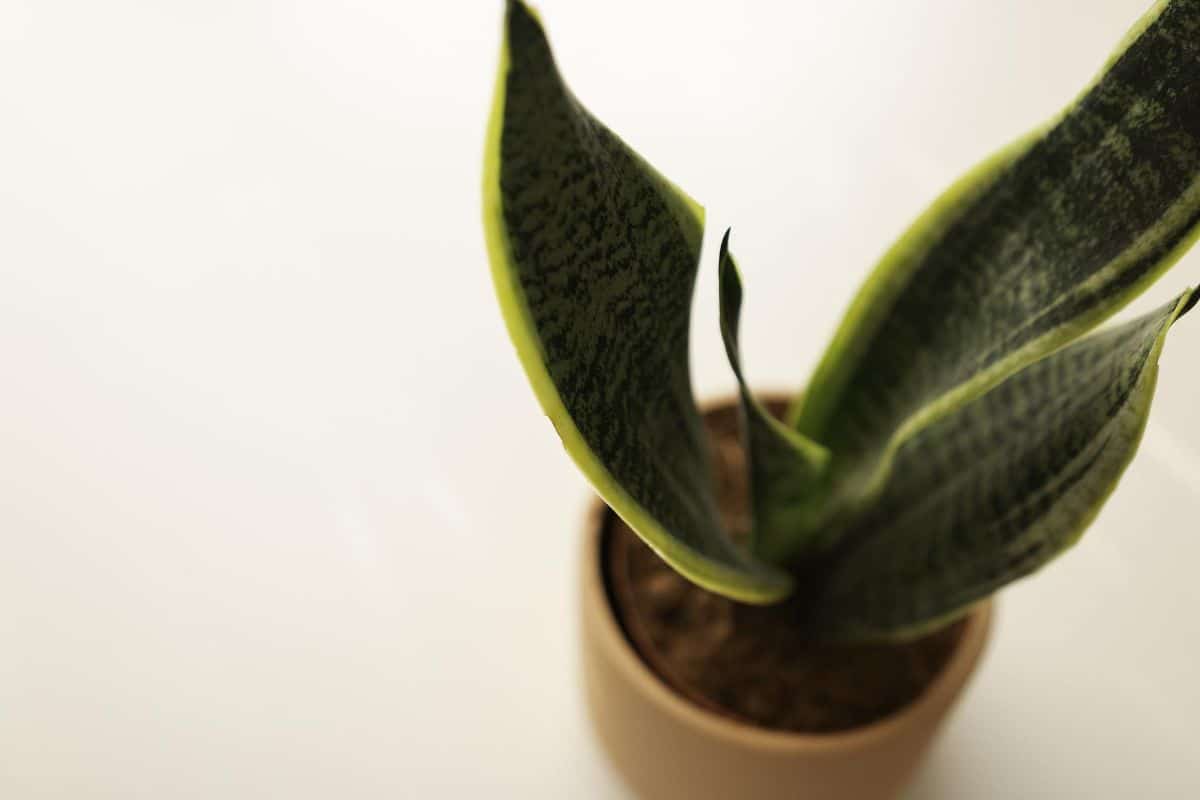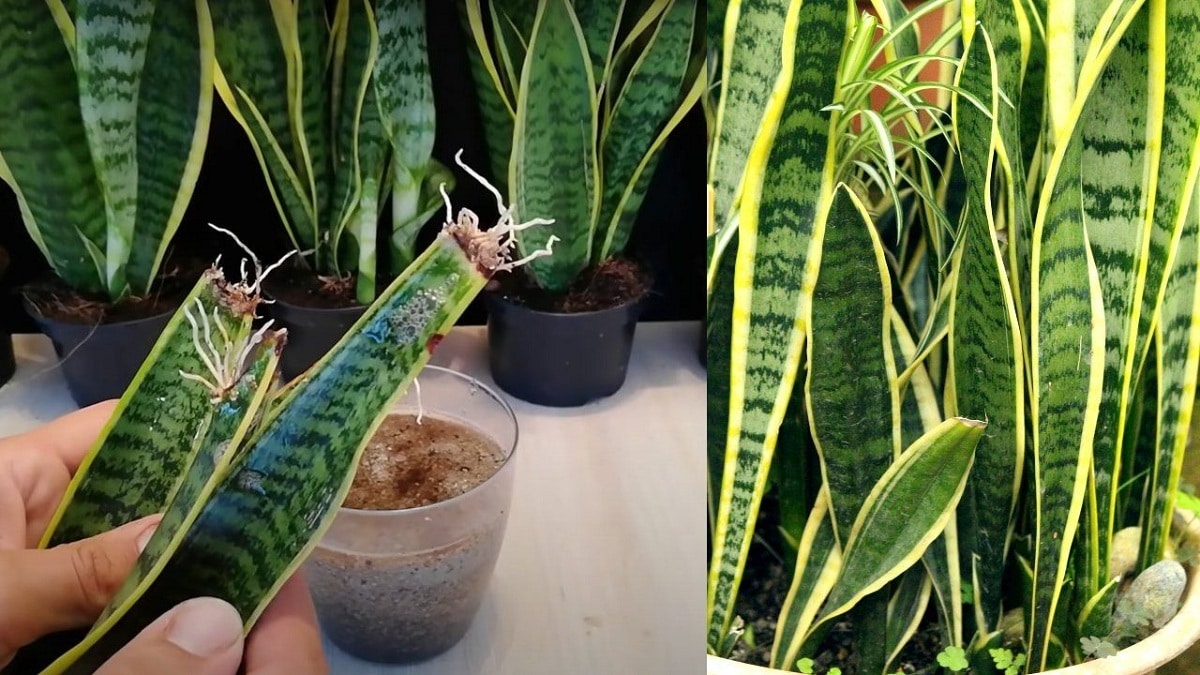
Do you have a sansevieria at home and would you like to get more plants out of it? If yours is big, or it has broken, you could do it, but how to reproduce a sansevieria? Is it easy or difficult?
Next we are going to give you several ideas so you know how to do it, when and above all the best methods in order to be successful. Let's do it?
How is sansevieria

I'm sure you already know this, but, just in case, sansevieria is also known as mother-in-law's tongue, or tiger's tongue. Its beauty lies in the leaves that are green with yellow edges (then you have variants that can change those colors).
Aesthetically may appear to be very weak and delicate, but the truth is that this is not the case, and its care and demands are very small, so it can be easily grown anywhere.

The same goes for reproduction, which is also very easy to do and actually anyone can do it. But how do you do it?
How to reproduce a sansevieria

The first thing you should know is that a sansevieria has two usual methods of multiplication. The first is by sheets, and it is one of the simplest that you can carry out; the second is also very easy to do, by suckers. The only thing you have to do is wait for them to grow in the pot to be able to change them later.
play by sheet
We are going to start telling you how to reproduce the sansevieria by leaf. In fact, what is needed is a good leaf of the sansevieria. With it we can obtain not only one plant, but several of it. They will be totally the same as the mother plant and you can even plant them together to give it more volume.
The best time to perform this type of multiplication is in spring because that is when the plant is most active and there is a probability of success. But how do you do it?
The first thing is to get a healthy leaf. It is important because with those that are already weak or sick it is very difficult for you to obtain any positive result. With it, you will have to get hold of scissors. So that? To cut it. You need to divide the sheet into pieces about 5 centimeters wide.
Now here, although the usual method is to put it in the ground, there are actually three ways to root it:
- By water. It implies that you have to put the piece of leaf in water and wait until you see the roots start to come out. It has the advantage that, by using a transparent glass, you can follow its evolution and see how the roots are born and grow. This way you know that when it is well established in roots, you will be able to plant it and there will be a greater probability of total success. By cons, it may take time to take root.
- For pearlite. It is another of the usual methods and you simply have to fill a glass or a container with perlite, add a little water (either by spray or with a bottle) and put the sansevieria there to wait for it to take root. It takes a while, a little less than water, but you still won't see results until after a while.
- On land. The last of the methods to reproduce a sansevieria is using the soil. It is the most common and the best known. It consists of filling a pot with soil and planting the piece in it (it is not necessary to cover it entirely, but only to sink part of it). It is said that, in about 30 days, the sansevieria will have roots and it will be when you can relax because it means that everything is going well and that a new plant can grow from there. But keep in mind that it can take up to 3 months to do so.
Reproduction by offspring
The next method of reproduction is by suckers. It is usually alone you will notice him when you transplant your sansevieria, since the suckers will be inside the pot and only when you take out the plant will you be able to discover them and take advantage of them to multiply your plant. Unless they have grown a lot and already appear independent.
Is one of the methods that will give you almost 100% success when multiplying it, and the truth is that it is not difficult to achieve. For this, your sansevieria must already be well established and healthy. The adult specimens usually give offspring every so often, and these grow in the pots next to their "mothers". When you see that it is fine, you can separate it, taking care to keep its roots and not damage the mother plant, and plant it in another separate pot.
What depends on your success when reproducing

Despite the fact that all of the above, as you have seen, is very easy to do and should not give you any problems, the truth is that not every time you plant a piece or a sucker it will take root and move forward. As in everything, it depends on many factors. And there is no deadline for it to take root. In fact, it may take the 30 days that we have mentioned, but it could also take them in 10 days, or take months to see results.
One of the factors that most influences this is temperature. If an adequate temperature is not provided (neither cold nor very hot), the cutting or sucker will not come out ahead, because it will be in a lethargic phase (that is, for its functions) and until these are not reactivated it will not advance. The problem is that you can get sick in that time and ultimately not come out.
Another factor is the substrate type (in case of earth) or perlite or water. What do we mean? You see, if you don't provide it with a suitable substrate or water, instead of doing something good for it, you will be harming it, and you could even cause that cutting or sucker to end up rotting.
Therefore, When using water, it must be rainwater or, if this is not possible, water without chlorine or lime.
In the case of land, The best substrate for a sansevieria is the one indicated for succulents. This is going to be the best and remember that it does not need much watering.
Now you know how to reproduce a sansevieria. Do you dare to do it yourself and tell us your results?